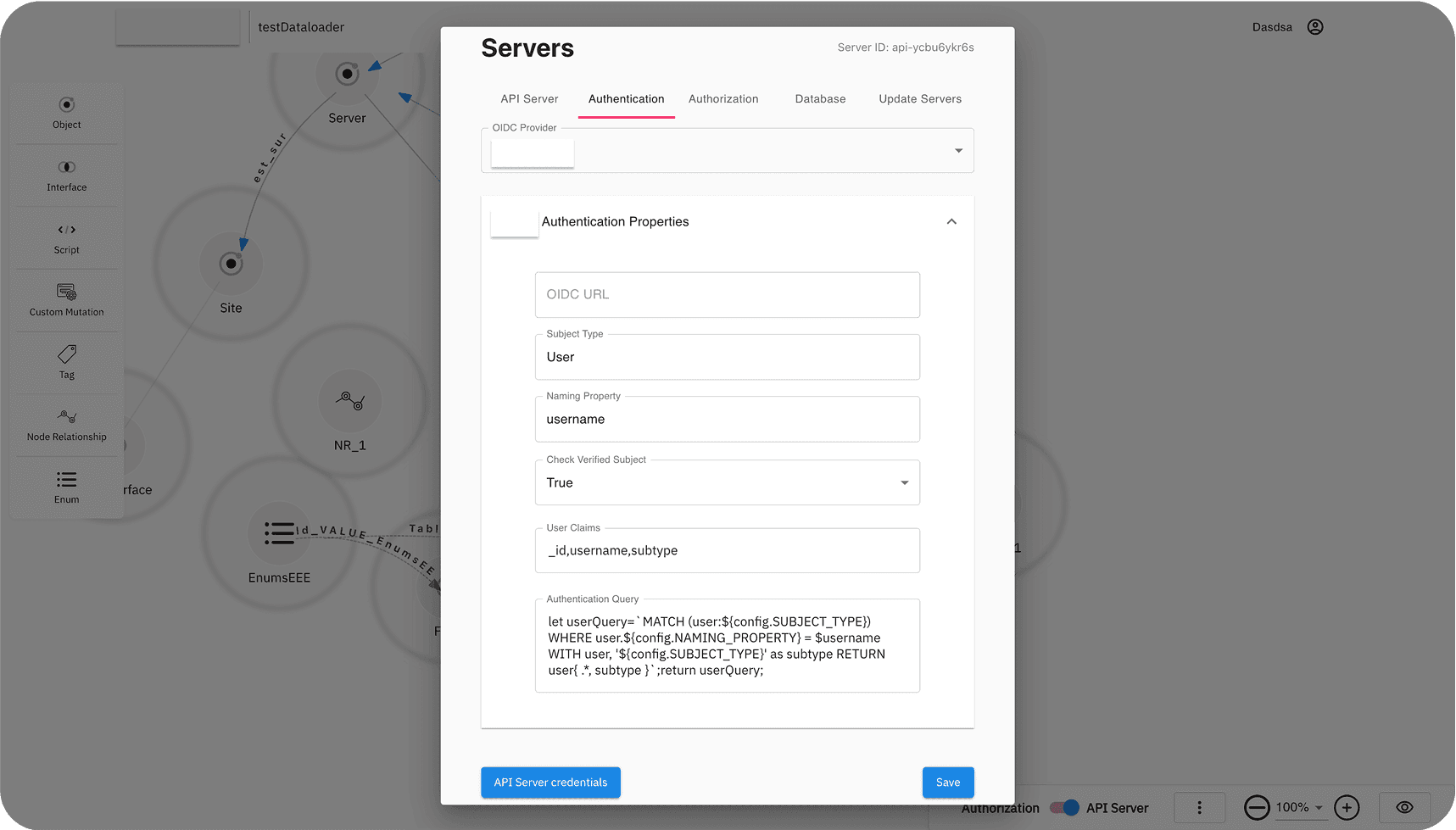Under NDA
Lines
Lines is a development tool platform that simplifies the creation of customized APIs without any backend knowledge.
Location
Industry
Services
Project Overview
Project Goals
Lines was explicitly designed to automate the development process by generating code for a custom API solution, reducing the development time and resources.
An Application Programming Interface, or API, is a convenient and popular solution for enabling data transmission between different software solutions. However, creating an API is a complex process that requires much development time and effort.
Scope of Work
Creating the Lines software solution required the full engagement of the Incora team. During the software project, we cored both front- and backend infrastructure.
To achieve an even better user experience and meet software requirements, we worked with graph databases that also suited the project’s concept. Besides, we advised our clients to use a microservices architecture approach to keep the system flexible, easily manageable, and scalable in the future.
Challenges & Solutions
Struggle to design database structures for APIs
with transparent component relationships and functionality.
Deploying APIs to different environments is complicated
to cloud, on-prem, or containerized environments.
Users need to integrate APIs with external services easily
for databases, cloud storage, and messaging platforms.
Solutions & Features
Creation Panel
Lines offers a customizable graph interface for building API solutions. As a result, the creation process is highly intuitive and user-friendly. The functionality is visualized similarly to a mind map. Therefore, users can better understand the overall logic of the development tool and the relationships of internal software parts, and customize the system to their needs.
Databases Variety
This project is based on a microservice architecture with a GraphQL API and Neo4j database on GCP under the hood. When setting up a project, the user can decide if they want to use the default databases (the ones we implemented for the system) or work on <a target="_blank" href="https://incora.software/insights/list-of-databases. This simplifies the work for companies that have specific databases for the whole project and do not want to change them within this process.">customdatabases</a>
Detailed Set-up
After creating the schema, the user receives ready-made GraphQL API, IDP, and Authorization services, which he can use for his project, with the ability to create, log in, authorize, search, and use other features used in modern sites. Also, there are other microservices that facilitate the creation of their API for the user.
INSIDE THE PROJECT
Get in touch!
Let's discover how we can help you reach your goals.
This site uses cookies to improve your user experience. Read our Privacy Policy
Accept
